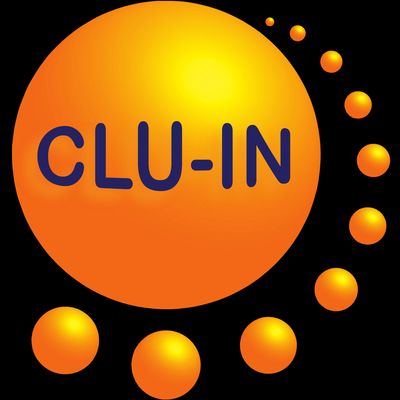Since 1998, The Contaminated Site Clean-Up Information (CLU-IN) website has presented Internet Seminars covering a wide variety of technical topics related to hazardous waste characterization, monitoring, and remediation. For select seminar topics offered since 2012, we are making complete video recordings available through our archives. This feed contains all video seminars archived in the last 12 months. For a complete list of seminars archived since 2000, please visit http://www.clu-in.org/live/archive/. Our Rehabilitation Act Notice for reasonable accommodation is available at http://www.clu-in.org/training/accommodation.cfm. CLU-IN was developed by the U.S. Environmental Protection Agency (EPA) but is intended as a forum for all waste remediation stakeholders. For more information and to view upcoming live offerings, please visit http://www.clu-in.org/live/. For a complete list of RSS feeds available on CLU-IN, please visit http://www.clu-in.org/rss/about/.
http://www.clu-in.org/live/archive
Analytical Tools and Methods: Session II - Techniques for Trace Analysis of Metals and Chemical Mixtures (May 22, 2017)
This webinar series highlights innovative analytical tools and methods developed and used by Superfund Research Program (SRP) grantees. The presenters will feature the benefits of these new tools and methods compared to conventional methods. They also will include information about how the technology has helped to facilitate ongoing SRP research. During the second session of the series, speakers will highlight techniques that help measure trace levels of metals and chemical mixtures to better understand environmentally relevant chemical exposures. Tracy Punshon, Ph.D., a research assistant professor at Dartmouth College, will introduce and translate the technology of elemental mapping, or spatially resolved elemental analysis. She will provide several examples of the instruments used to collect elemental maps, show examples of how the technique is being applied in the biological and environmental sciences, and provide information on accessibility and support for those interested in using it in their research. Bruce Buchholz, Ph.D., a research scientist at the Lawrence Livermore National Laboratory, will describe Accelerator Mass Spectrometry (AMS), a technique for measuring zeptomole to femtomole quantities of carbon-14 in sub milligram sized samples. The technique is used to quantify metabolism of chemicals at relevant exposures in animals and humans, such as dermal exposure to pesticides and ingestion of PAHs or antimicrobials. The metabolism studies have become more streamlined recently with the addition of an integrated HPLC-AMS-MS system and can identify dominant metabolites at relevant doses from which specific field assays can be developed without the use of the carbon-14 label. All tissues, blood, urine, saliva, or purified biomolecules (protein, DNA, RNA) are amenable to AMS analyses. Lee Ferguson, Ph.D., an associate professor at Duke University, will discuss high resolution mass spectrometry, which has advanced as a powerful tool for identification of targeted and non-targeted organic pollutants in complex mixtures. He will highlight applications of these technologies to assess human and ecological exposure to environmental pollutants associated with consumer products, indoor environments, and aquatic systems. Specific strategies and workflows for prioritization and structural identification of emerging contaminants will be highlighted, and case studies will be presented for pollutants in house dust, children's hand wipes, and wastewater-impacted environments. To view this archive online or download the slides associated with this seminar, please visit https://clu-in.org/conf/tio/SRPAnalyticalT&M2_052217/
